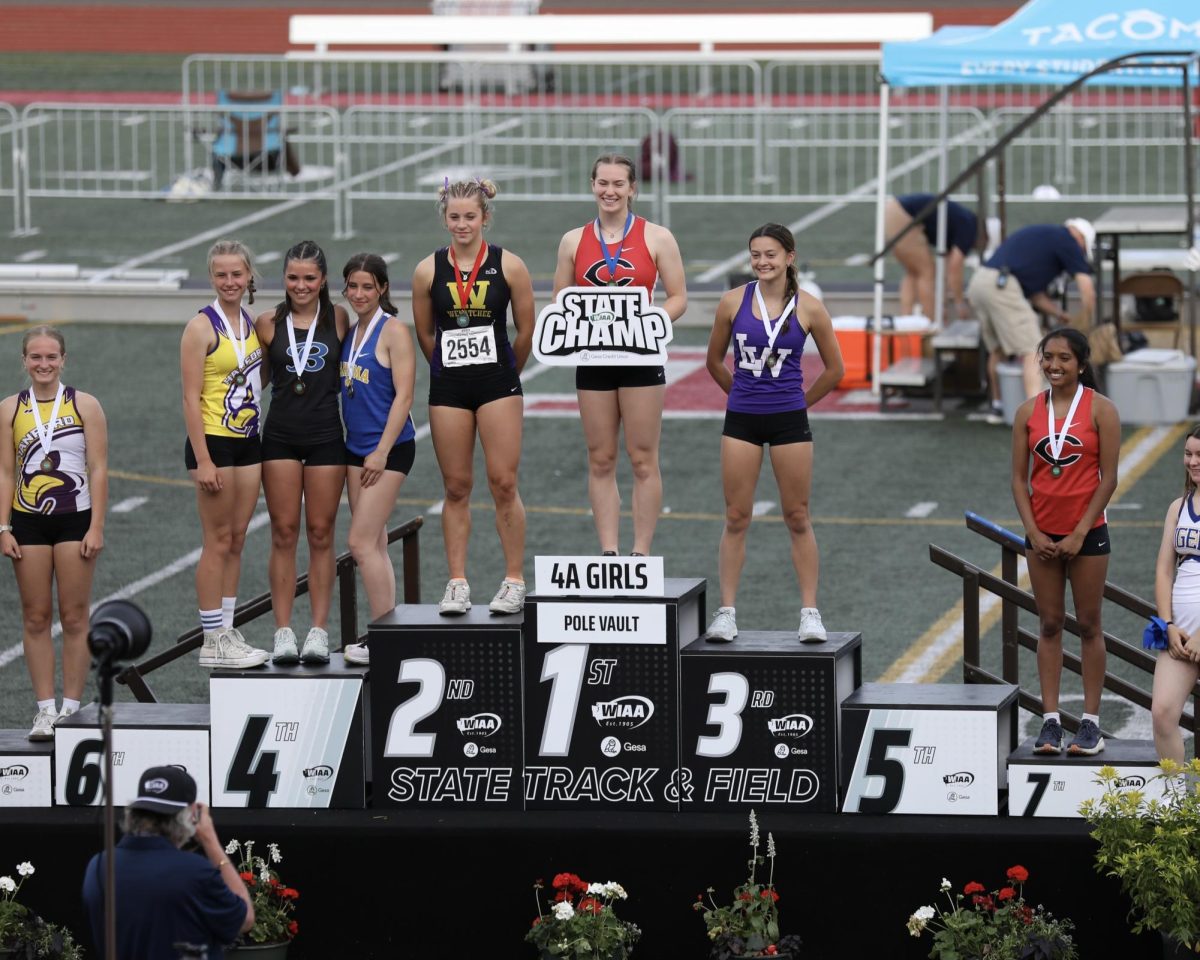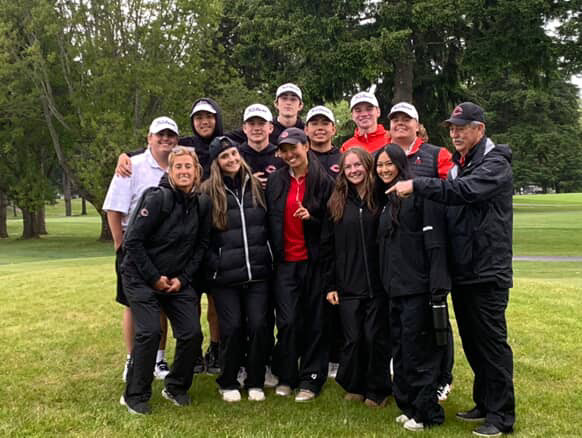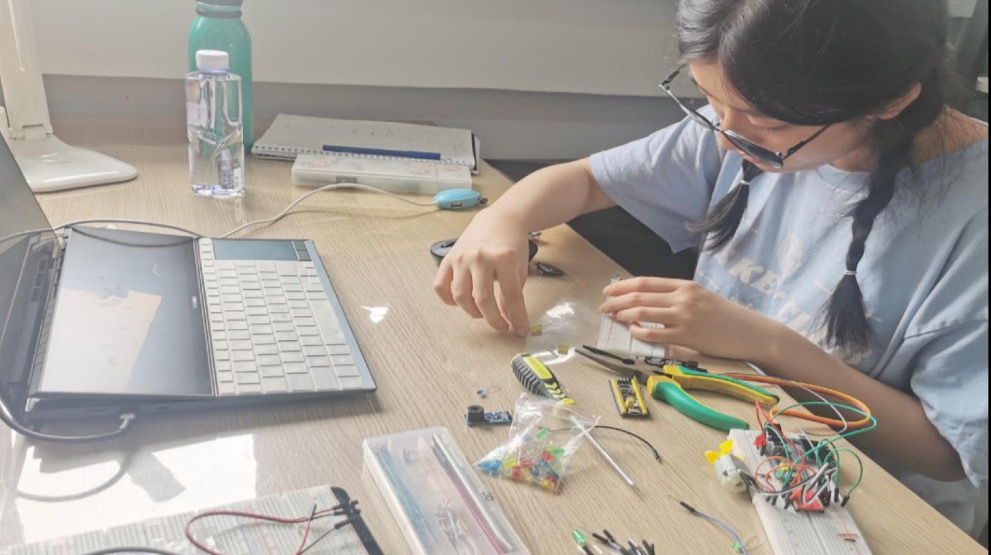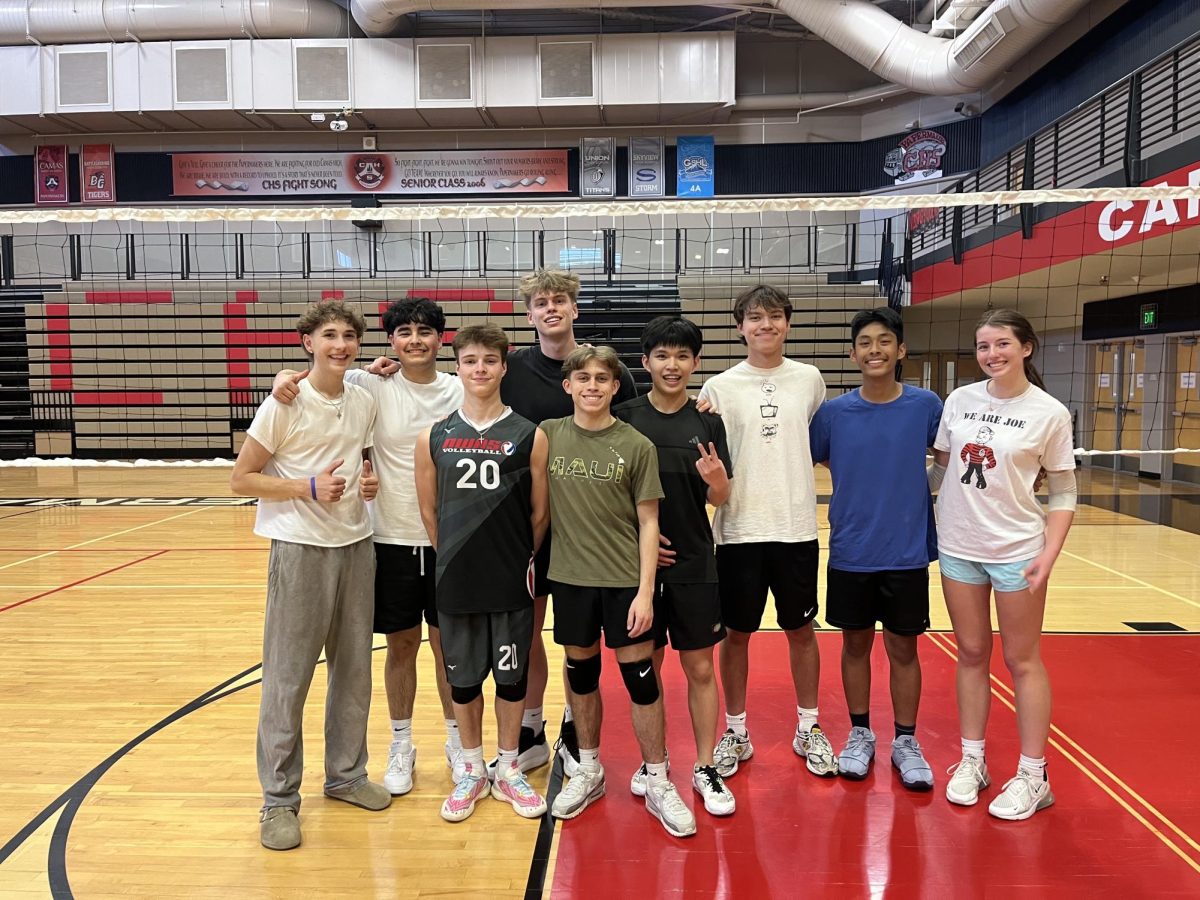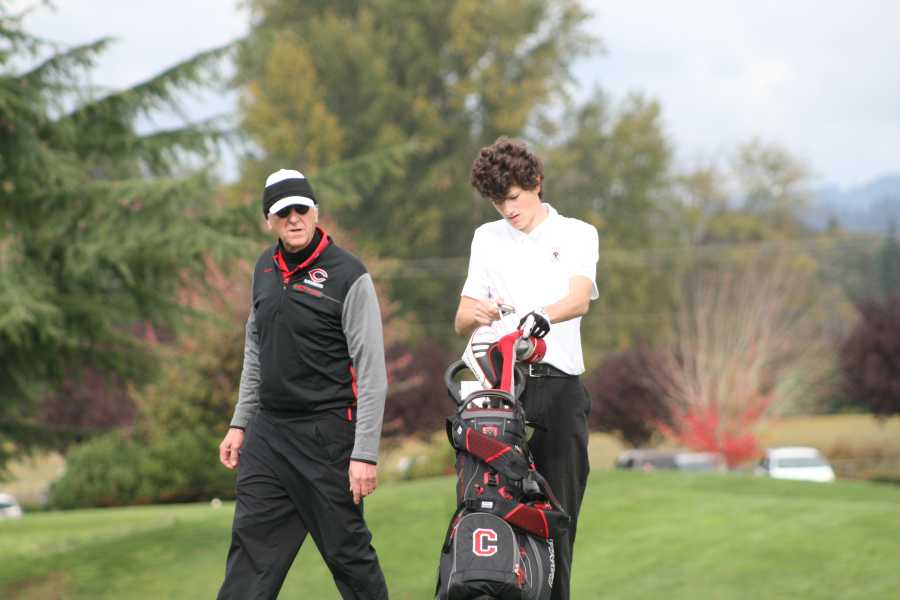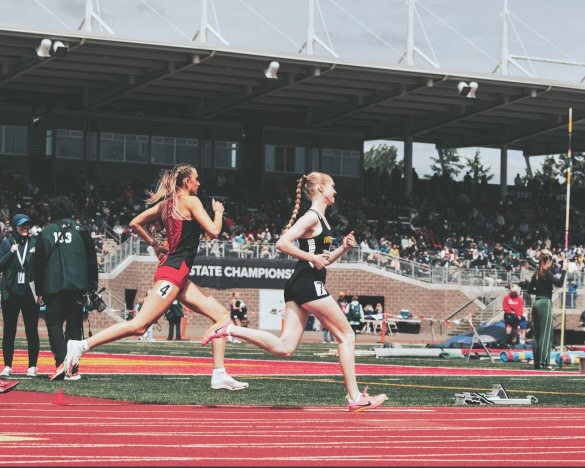Over the years, the relationships between the student-athletes and the coaches at Camas High School have changed drastically. With new group chat apps, meeting before or after school, and maybe having team dinners at coaches’ houses. All of these are prime examples of the many new ways that athletes are communicating with their coaches and vice versa.
 Student-athletes and coaches shared opinions on communication and how it has evolved.
Student-athletes and coaches shared opinions on communication and how it has evolved.
CHS Head Football Coach Jon Eagle said, ”We do a group chat each season. I have many of our players’ cell numbers. I will contact them on occasion.”
Eagle explains that when the option of contacting over text or call was not possible, contacting the players was very difficult and it mostly consisted of basic face-to-face communication.
Student-athletes also shared opinions on how the evolution of the communication between coaches and themselves.
CHS Sophomore Cangen Smith said, “Being able to contact Coach over the phone is very beneficial. When I don’t know a practice time or if a game gets rained out, it very nice to be able to shoot Coach a quick text.”
Smith expanded on his thoughts sharing that having the opportunity to contact the coach gives the team an advantage.
Smith said, “[it is nice] being able to share with a coach in advance that you will not be able to attend an event. This makes the team better because they can prepare accordingly for the upcoming event.”
Some student-athletes believe that being in contact with coaches via email, text or call has no need.
Sophomore Luke Basanta says, “I never really need to text my coach about anything, and if there’s ever anything that important I need to share I would definitely confront him in person.”
Basanta also exclaimed he understands that for some sports this would be useful, however for his schedule and sport, phone communication is not really needed.
Students and staff also reflected on parents being able to contact coaches and if there are enough outlets for communication.
Eagle said, “I think there are enough communication outlets; it seems to be the parents who seem to need most of it.”
Student-athletes shared thoughts on how much communication parents should have with the coach.
Smith said, “I think parents should be the second option if players don’t reach out to their coach first.”
Smith also elaborated on the many outlets provided to communicate with coaches right now and it is almost overwhelming.
On the other hand, there are some students who have never done any communicating over the phone because parents have not decided to make it a priority.
All in all, the evolution of relationships with coaches and athletes is evolving. CHS students and staff are adapting to the new ways, and others stick to old habits. No matter the desired method utilized, remember: it all starts with the coaches answering.
Eagle said, “Overall, we don’t listen as well as we used to.”

